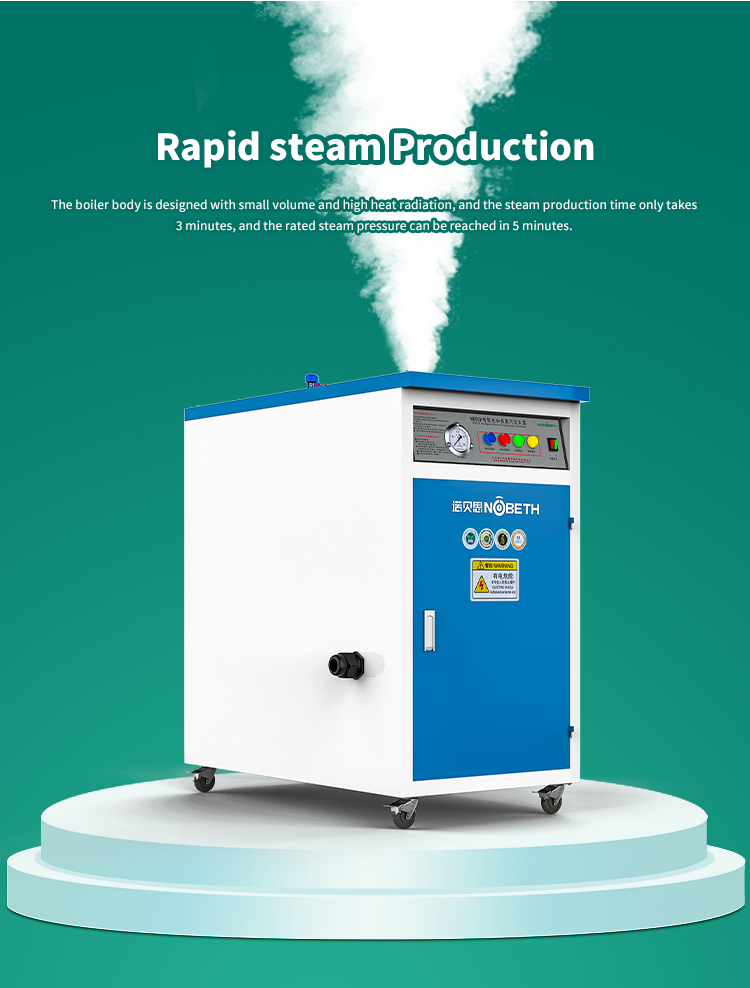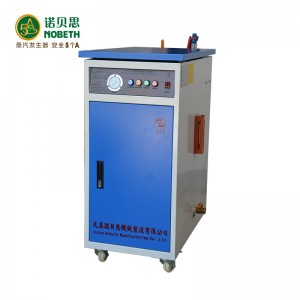
48kw electric steam generator for food industry
The discharge capacity of the ball float steam trap is determined according to the steam pressure (operating pressure) and the throat area of the valve (the effective area of the valve seat). Ball float steam traps are ideal for high displacement applications. However, due to the use of the float mechanism, it has a large profile compared to other types of steam traps, and the use of a lever mechanism can effectively reduce the size.
Because the float type steam trap relies on buoyancy to move the float up and down, it must be installed horizontally. If the design pressure of the steam trap is exceeded during use, the trap cannot be opened, that is, the condensed water cannot be removed.
In actual use, it is often found that there is a small amount of steam leakage in almost all float traps, and there are many reasons for the leakage.
Float-type steam traps rely on water seals to achieve sealing, but the height of the water seal is very small, and the opening of the trap can easily cause the trap to lose its water seal, resulting in a small amount of leakage. A typical sign of leakage from a ball float steam trap is a perforated back cover.
Care must be taken not to install the float trap in places subject to severe vibration. As with any mechanical trap, know that the lower tapered or curved spool and seat engagement mechanism will quickly wear and cause leakage. When the back pressure of the ball float steam trap is abnormally high, it will not leak steam, but the discharge of condensate must be reduced at this time.
The jamming of the sealing auxiliary mechanism is one of the reasons for the leakage of the trap. For example, the lever float trap is more likely to cause the trap to leak due to the mechanism jam than the free float trap. Leakage of the ball float trap is sometimes related to oversize selection. Excessive size will not only reduce the service life of the trap, but also cause excessive wear caused by frequent opening and closing of the trap and long-term micro-opening, and because the design leakage rate of the trap is based on the design Actual operating leakage due to full displacement is higher.
Therefore, ball float traps are often used in steam heat exchangers. The application of ball float steam traps in important heat exchangers is often at the expense of a certain amount of leakage at low loads to ensure the timely delivery of condensed water. discharge, so float traps are generally not used in steady load, steady pressure applications, for which an inverted bucket trap is often a better fit.
Products categories
-

E-mail
-

Phone
-

WhatsApp
-

Top



















